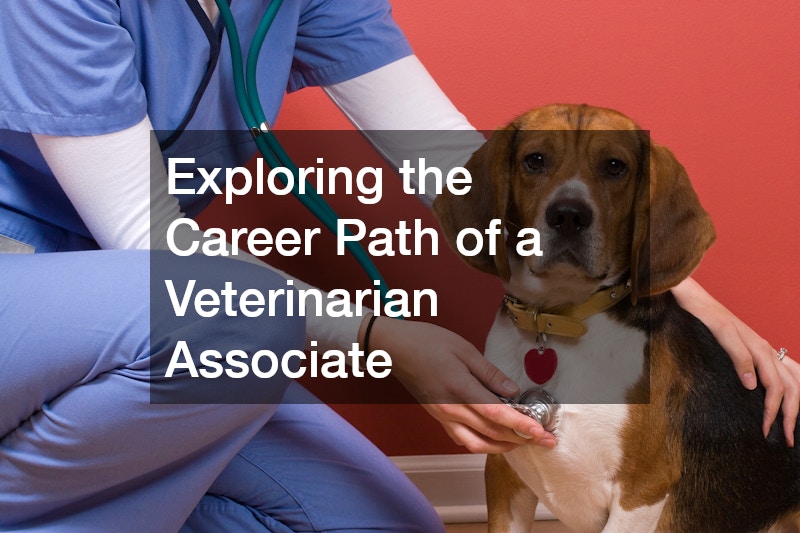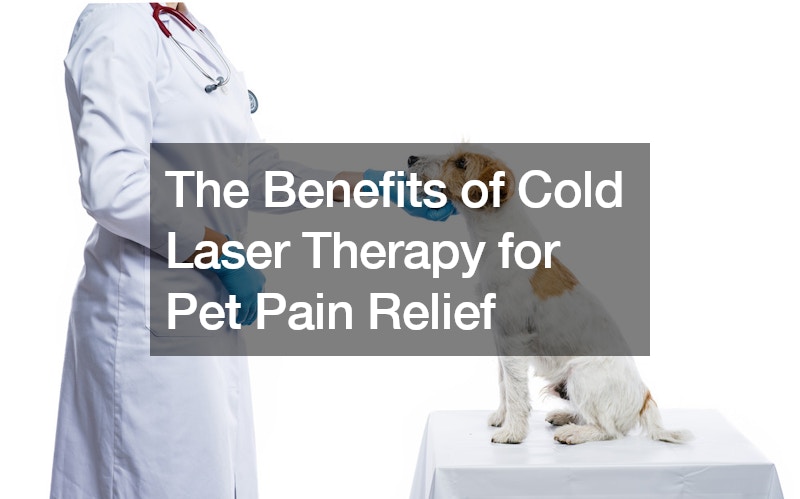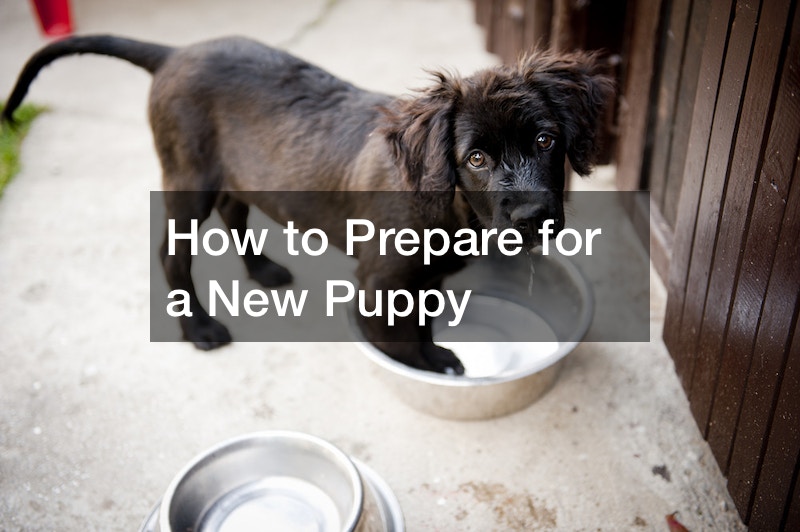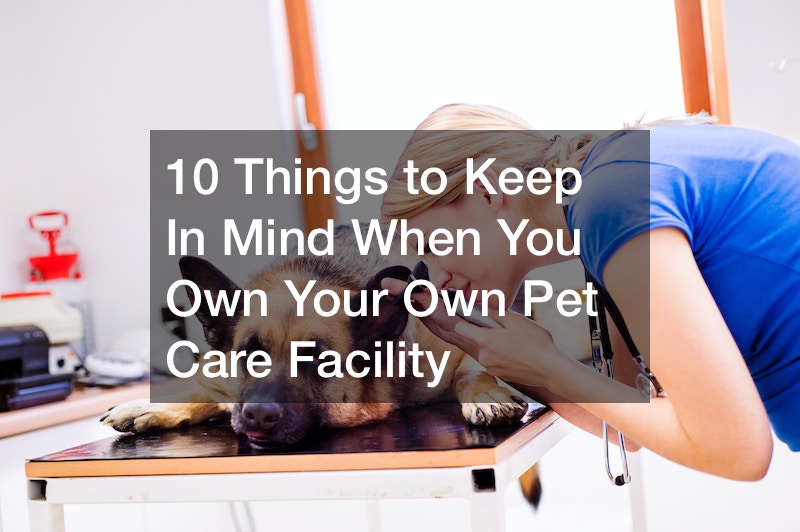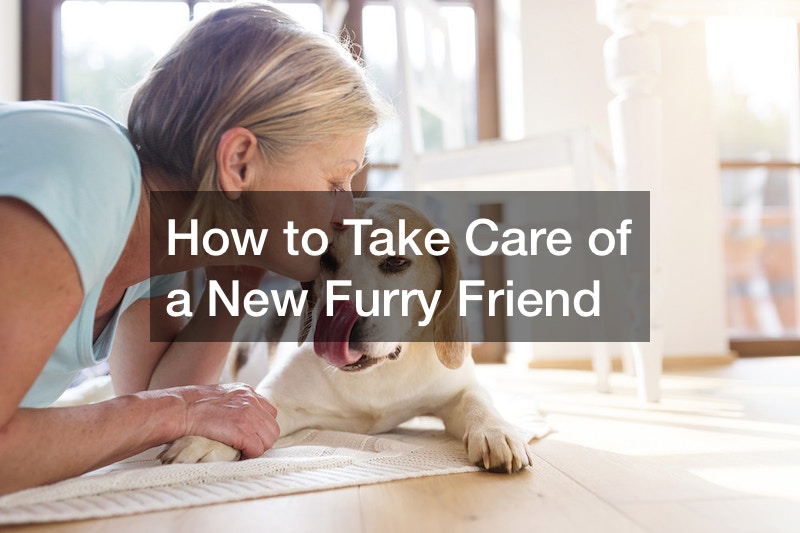Home
From Meals to Water Bowls Expert Tips for Pet Health
Maintaining your pet’s health goes beyond just providing food and shelter—it requires a comprehensive approach that includes proper nutrition, hydration, and regular veterinary care. Pets rely on their owners to create a safe and healthy environment where they can thrive, and small daily habits can have a lasting impact on their overall well-being. From choosing […]
Make Every Cat Appointment a Breeze By Optimizing Your Clinic With These Tips
In the vibrant landscape of pet care, providing comprehensive services is more crucial than ever. Whether you own a feline friend or manage a veterinary practice, ensuring optimal care and convenience for your pets involves multiple facets. This article will guide you through various aspects that can significantly enhance veterinary services, ensuring comfort and quality […]
Exploring the Career Path of a Veterinarian Associate
Exploring The Vet Field The field of veterinary medicine offers numerous career paths, each contributing uniquely to the care and well-being of animals. One essential role within this industry is that of the veterinarian associate. Veterinarian associates work closely with licensed veterinarians to assist in providing medical care to animals, handling a variety of tasks […]
3 Questions to Ask Your Local Veterinarian
Choosing the right veterinarian is crucial for the well-being of your beloved pets. Whether you have a new furry friend or are considering changing your current vet, asking the right questions can ensure your pet receives the best care possible. Here are three essential questions to ask your local veterinarian: Firstly, inquire about their experience […]
Signs Your Home Has Termites
Termites are one of the most destructive pests that can invade your home, causing significant structural damage if left untreated. Early detection is crucial for preventing extensive damage. Here are the key signs that your home may have a termite problem and why seeking pest control in Arizona is essential. Discarded Wings One of the […]
The Benefits of Cold Laser Therapy for Pet Pain Relief
As pet owners, we always want the best for our furry companions, especially when they’re dealing with pain or discomfort. Traditional treatments for conditions like torn ligaments, chronic back issues, or pancreatitis in pets often involve medication, surgery, or physical therapy. However, there’s a revolutionary alternative gaining traction in veterinary medicine: cold laser therapy. This […]
How to Prepare for a New Puppy
Adopting a new furry friend is life-changing and can provide plenty of unconditional love and joy to any home. If you are thinking of adopting a new puppy, and you want to do so while feeling confident, preparing ahead of time and conducting research about the breed you intend to bring into your household can […]
10 Things to Keep In Mind When You Own Your Own Pet Care Facility
If you love taking your pets to pet care facilities like kennels, pet boarding businesses, and pet resorts, you may dream of the day when you own your own pet care facilities. There’s nothing like feeling a sense of pride when you have a pet care business to call your own. When it’s hard to […]
Give These Dog Friendly Backyard Landscaping Ideas a Try This Summer
Are you looking to create a dog-friendly oasis in your backyard this summer? Look no further! In this article, we present you with fantastic dog friendly backyard landscaping ideas that will transform your outdoor space into a haven for your beloved canine companion. Unleash your creativity and make your backyard the ultimate retreat for you […]
How to Take Care of a New Furry Friend
Puppies, puppies, puppies! The mere thought of getting a new furry friend can fill anyone with joy and excitement. But, hold your horses! Before bringing home your new bundle of joy, there are some important factors to consider. First things first, research, research, research! You’ll need to think about breed characteristics, size, energy level, and […]


